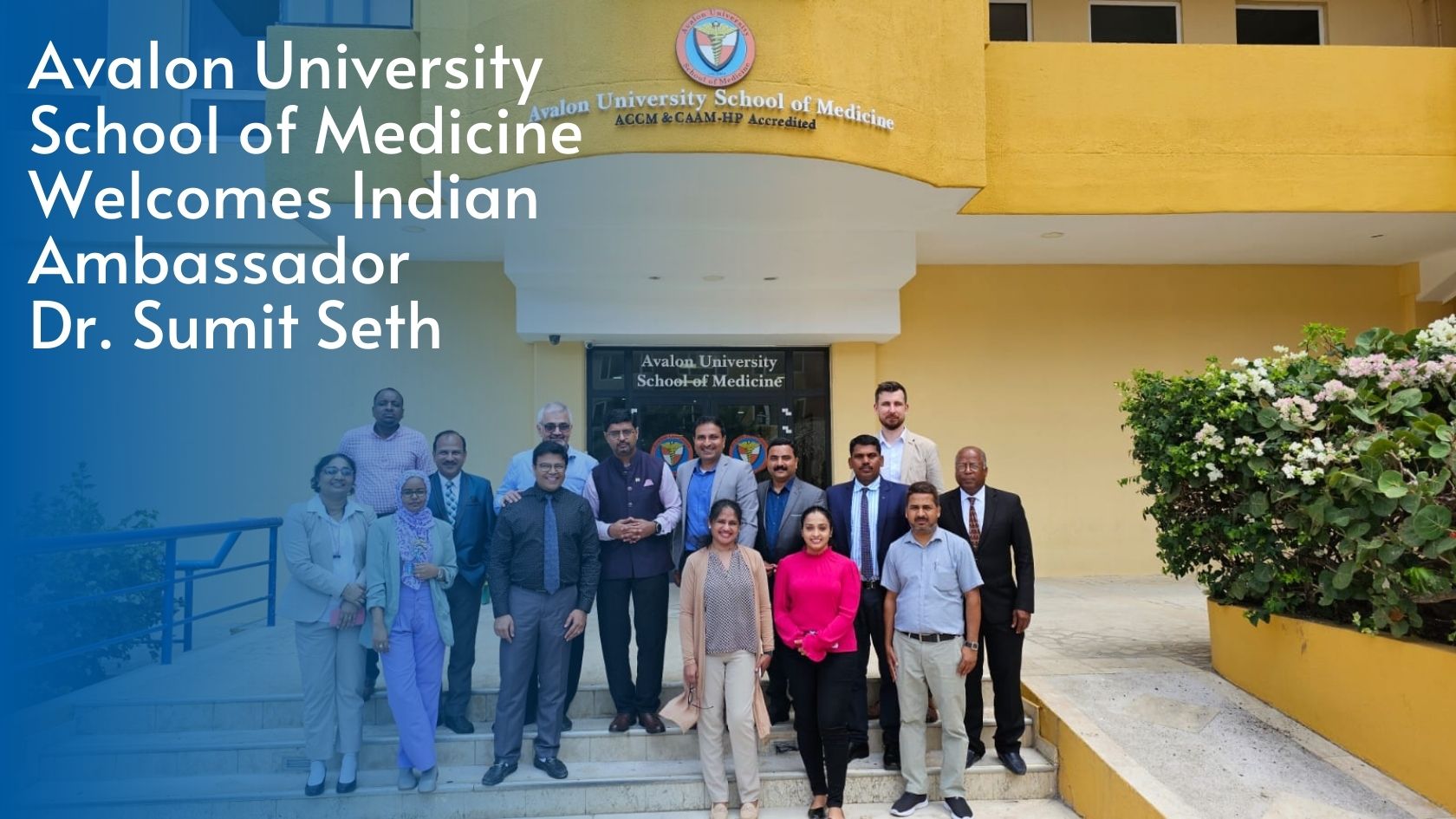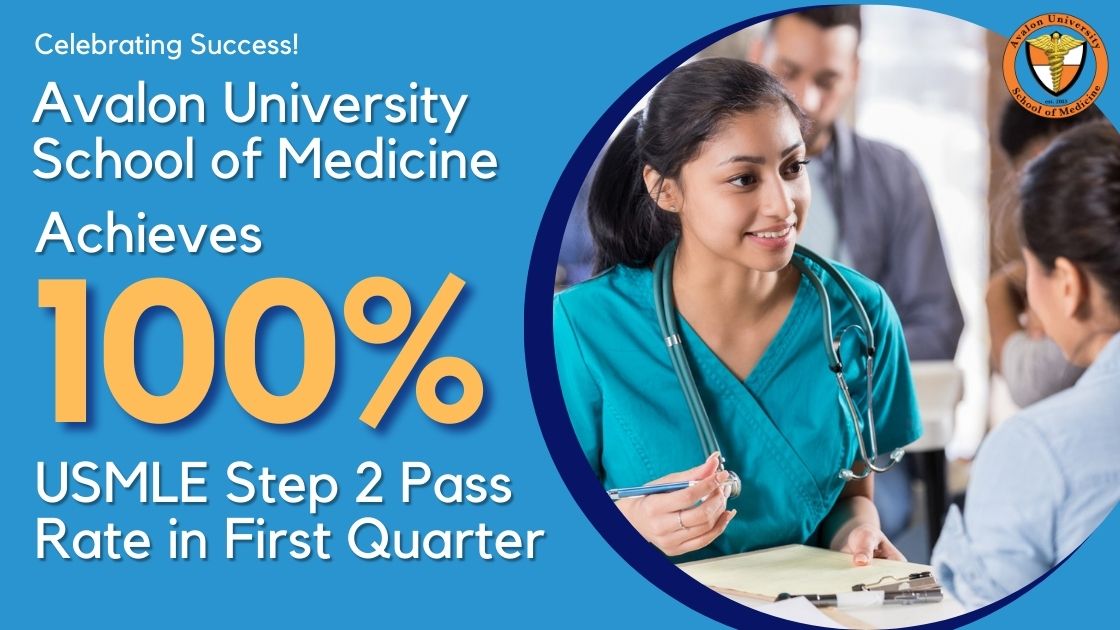Allopathic vs Osteopathic: A Difference in Medical Philosophy
Prospective students considering applying to medical school and prospective patients looking for a new doctor may find themselves asking the same questions; “How do allopathic vs osteopathic doctors compare?” or “What is the difference between DO vs MD?”. At Avalon University School of Medicine, we’re happy to provide answers to these questions! While both MD and DO doctors have a wealth of medical knowledge, the differences lie in diagnosis and treatment philosophy. Although allopathic vs osteopathic philosophies may differ, the level of care the patient receives should always remain constant.
A Comparison: Allopathic vs Osteopathic
Allopathic (MD):
Allopathic medicine is the more commonly known form of medical practice. This type of medicine focuses on classical scientific diagnosis methods such as lab tests and imaging. Allopathic medicine typically treats illnesses with the use of medication.
Osteopathic (DO):
Osteopathic medicine also utilizes lab tests during diagnosis, but additionally reviews the patient’s daily life, environment, and diet when determining treatments. This type of medicine may take a more holistic approach to determining treatment and utilize osteopathic manipulative medicine (OMM).

**Image by gpointstudio on Freepik
Allopathic Vs. Osteopathic: Difference In Coursework And Clinical Rotations
Two types of medical schools that lead to the medical degree: Allopathic vs. Osteopathic. Both of these options can lead you to becoming a successful physician. However, some coursework and clinical rotations differences are worth considering when choosing which path to take.
Allopathic vs. Osteopathic – Coursework:
Allopathic medical schools focus primarily on the treatment of disease through the use of medications and surgery. The curriculum is mainly science-based and emphasizes the study of biological, chemical, and physical systems in the body. Students typically complete 2 years of Basic Sciences coursework and 2 years of clinical rotations.
On the other hand, osteopathic medical schools follow a similar coursework structure but emphasize the musculoskeletal system and its relationship to overall health. Students are taught Osteopathic Manipulative Treatment (OMT) whilst attending an Osteopathic medical school. OMT is a hands-on approach to diagnosing and treating patients that involves the manipulation of muscles, bones, and joints. Students complete the same Basic Science coursework as their Allopathic counterparts, but also take additional courses in OMT and holistic medicine.
Allopathic vs. Osteopathic – Clinical Rotations:
Students complete clinical rotations in various medical specialties, such as surgery, internal medicine, and pediatrics. However, Osteopathic students are required to complete additional rotations in OMT and holistic medicine.
Both degrees in medicine require students to complete residency training after medical school. Residency programs for these degrees are similar in length and structure, although Osteopathic students may have the opportunity to specialize in osteopathic manipulative medicine.
At Avalon University School of Medicine, our MD program and clinical rotations follow an Allopathic pathway as our students become licensed physicians. If Allopathic wins in your debate of an Allopathic vs. Osteopathic degree, look no further than Avalon University. We work with you to support and ensure you have everything you need to be successful throughout your medical journey!e
Residency Statistics: Allopathic vs Osteopathic
Avalon University is an allopathic medical school, so our graduates receive an MD degree. Graduates who attended allopathic and osteopathic medical schools follow the same residency application steps. Though these graduates may hold different degrees (DO vs MD), both DO and MD students can apply for the same residency positions. Statistics from the 2022 Main Residency Match published by the National Resident Matching Program are as follows:
Allopathic 2022 Match Rate (U.S.): 92.9%
Osteopathic 2022 Match Rate (U.S.): 91.3%
It is important to note that when it comes to allopathic vs osteopathic treatments, one is not necessarily better than the other. What matters most is identifying which treatment plan works best for the patient.
Please check Avalon University School of Medicine’s Match List





